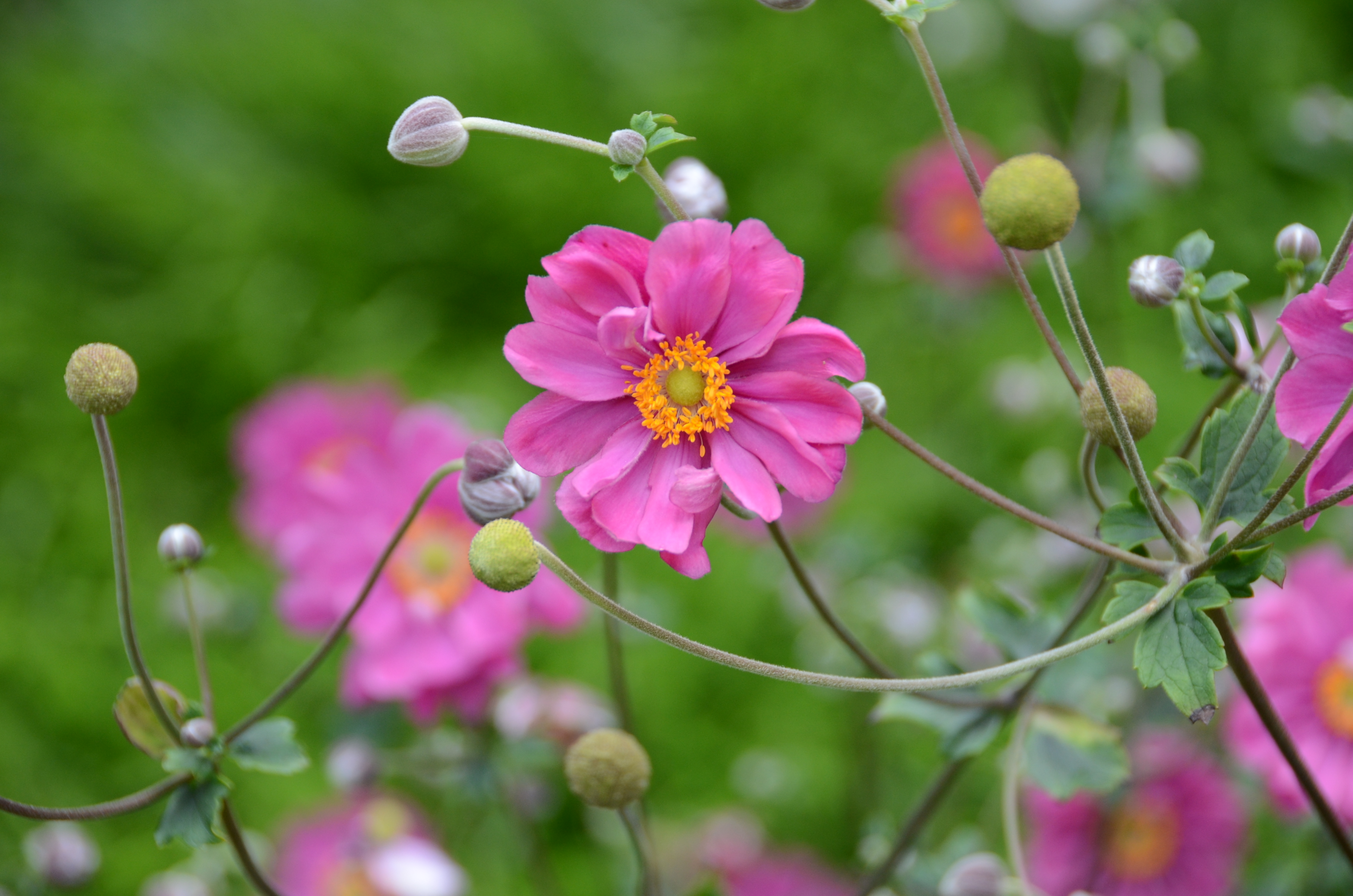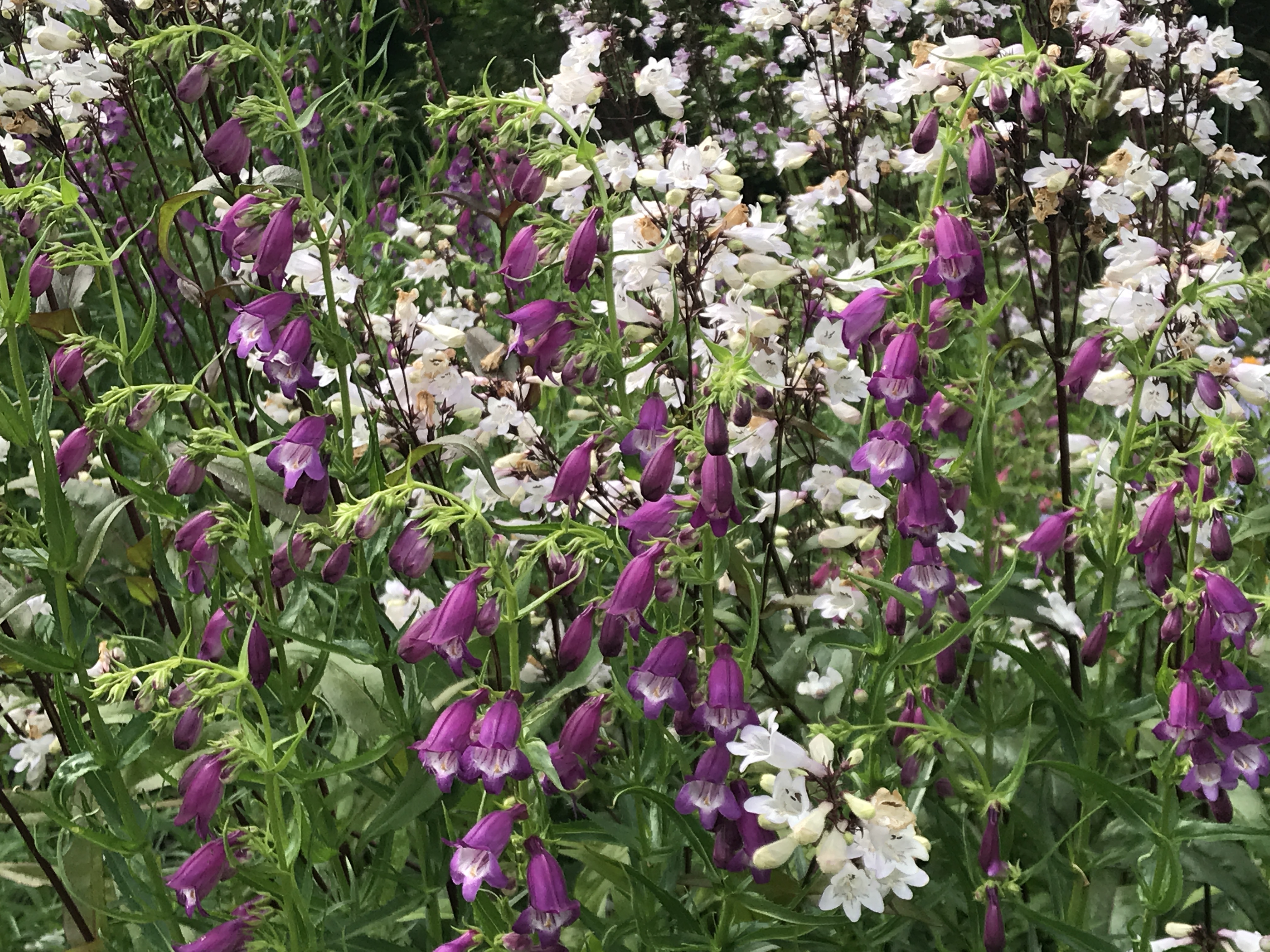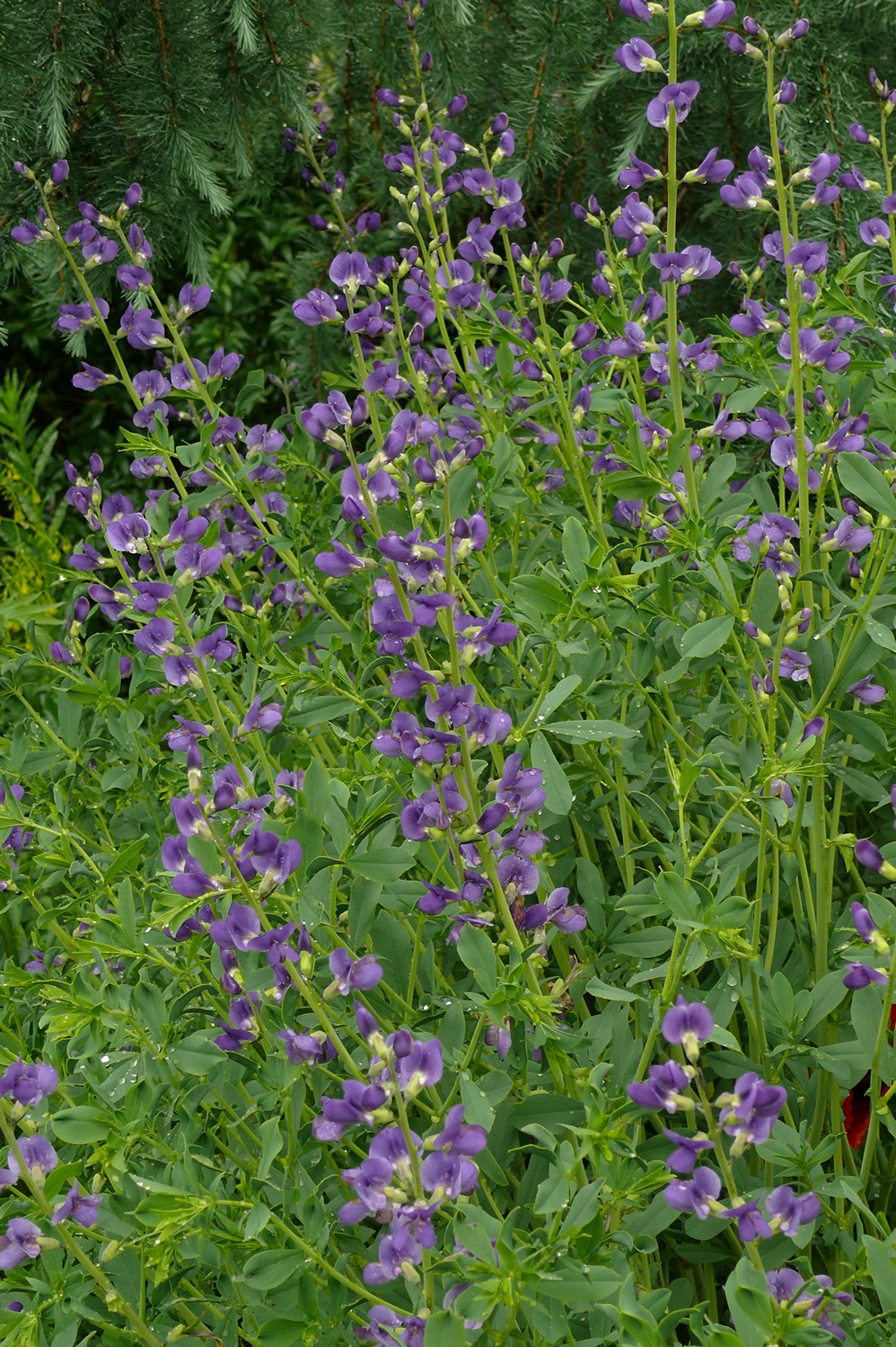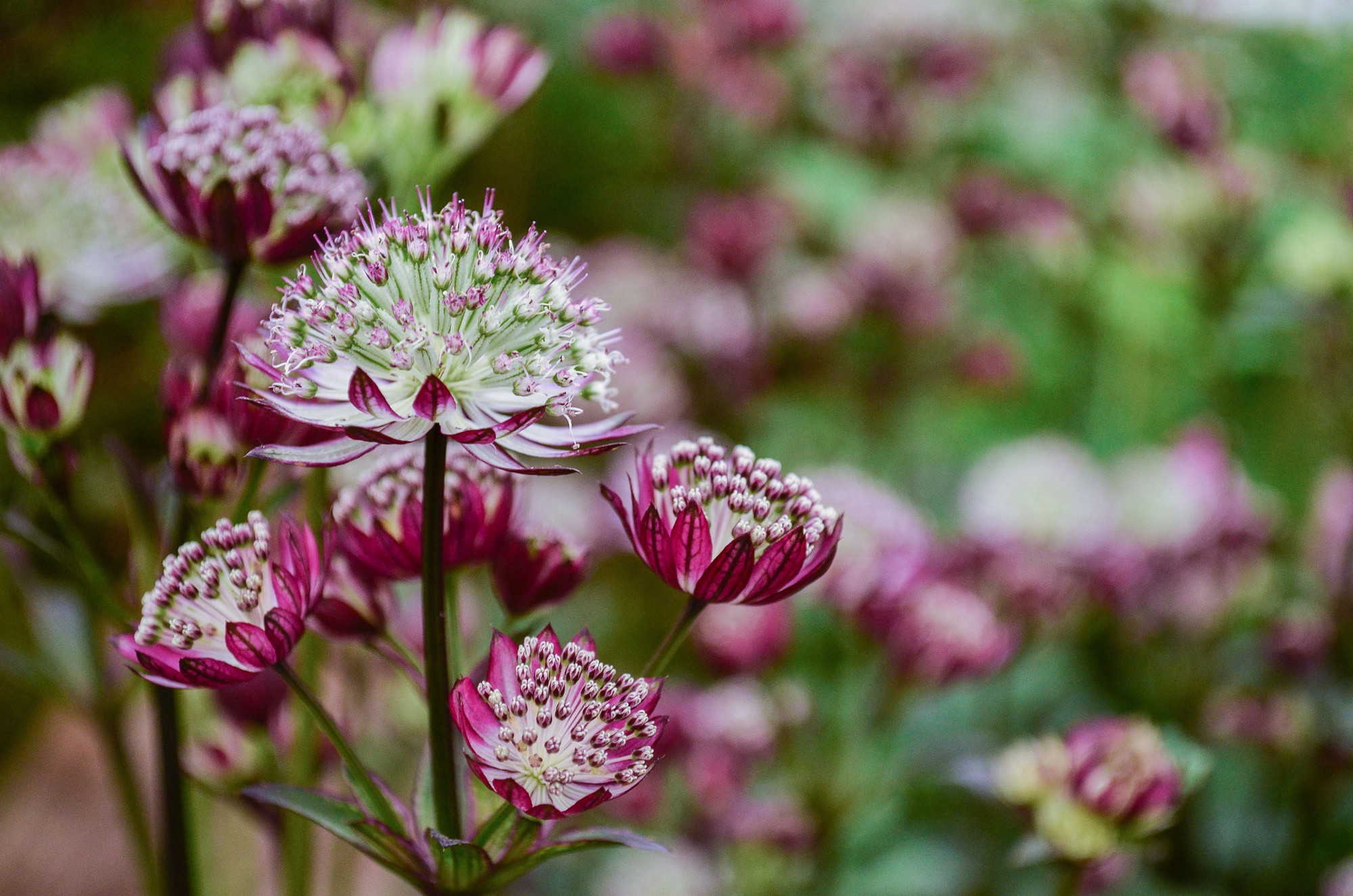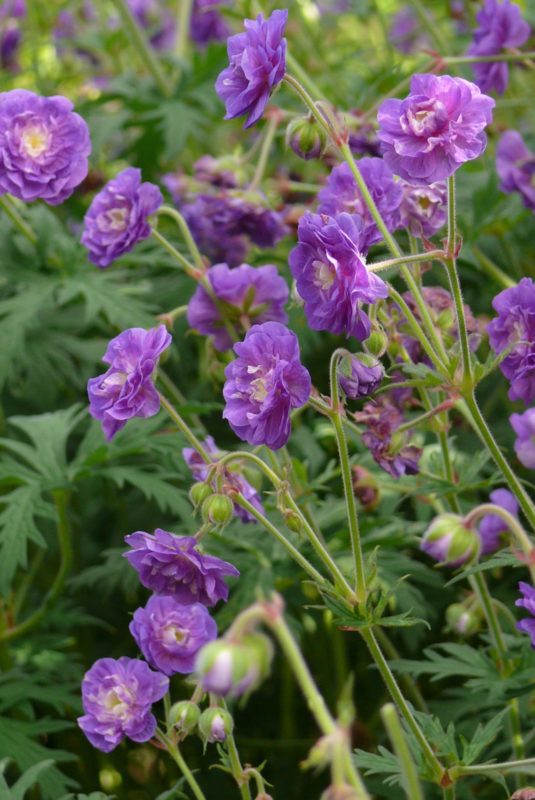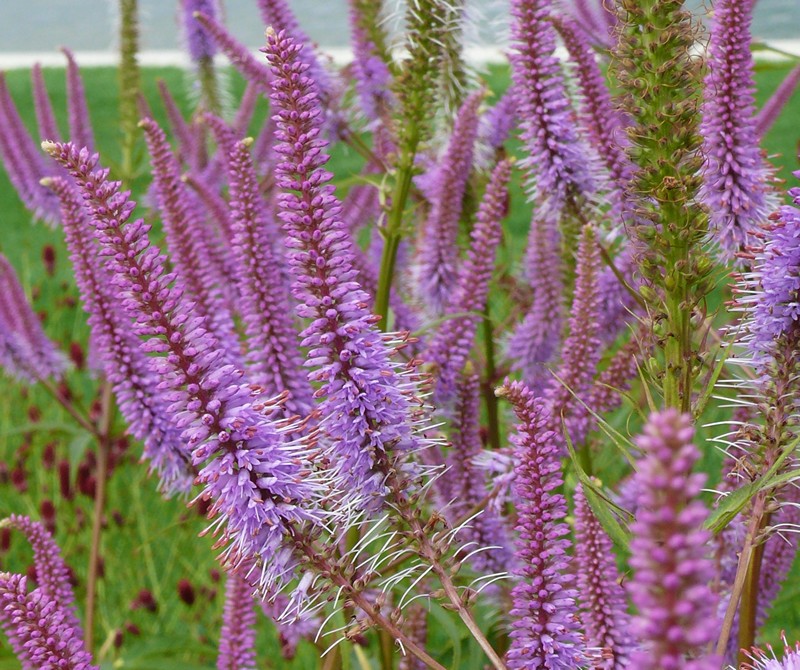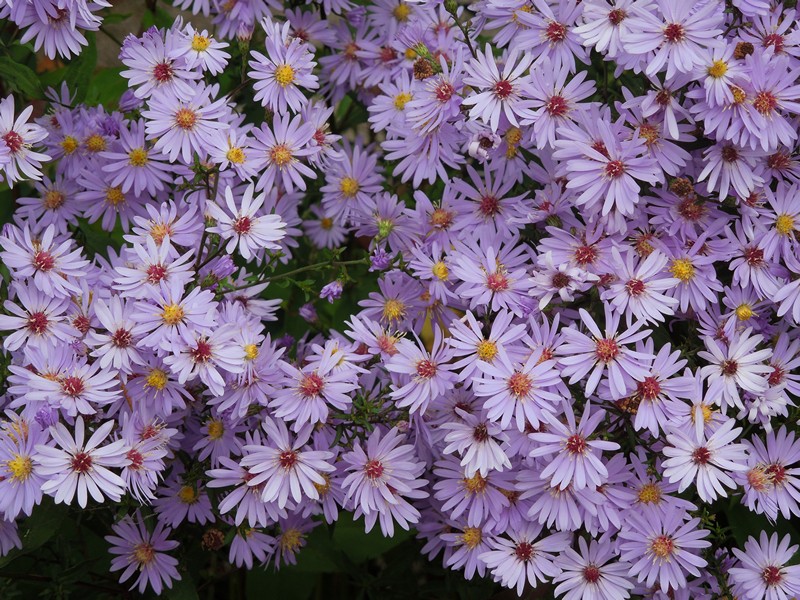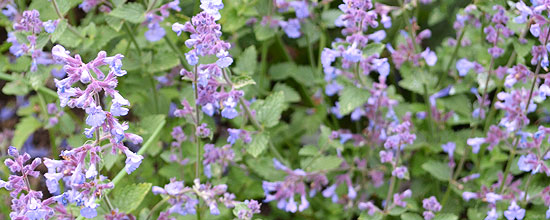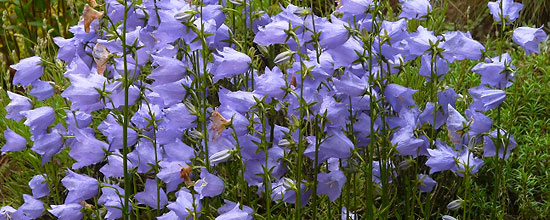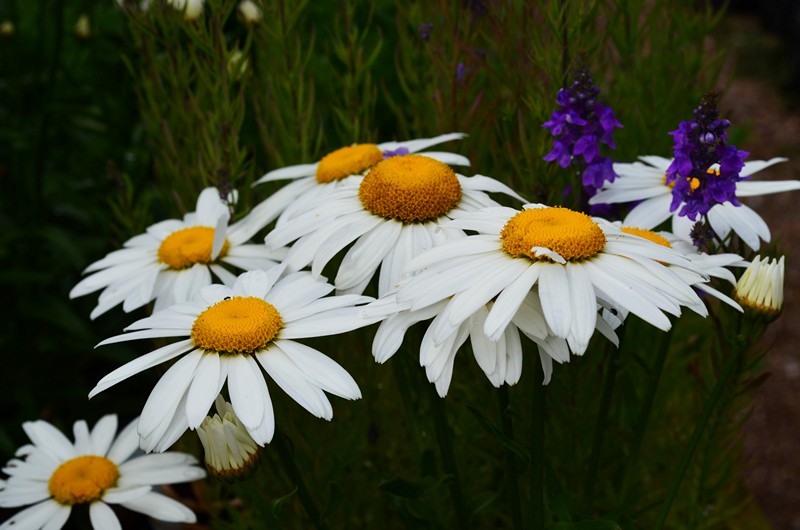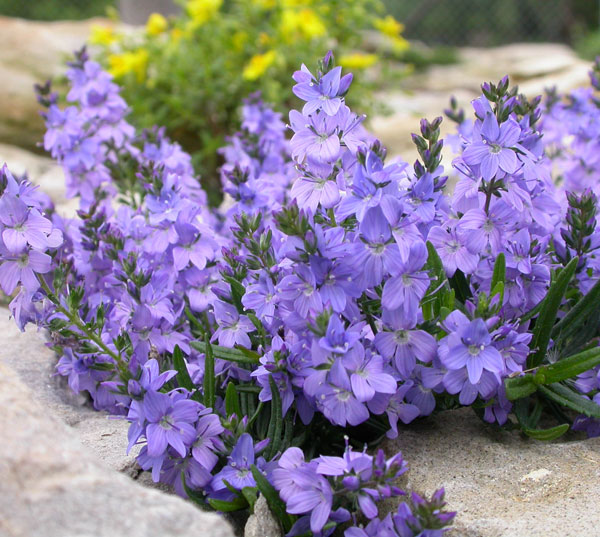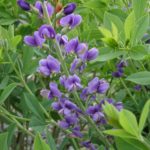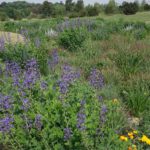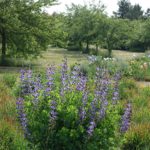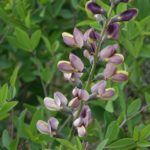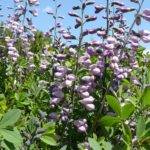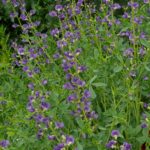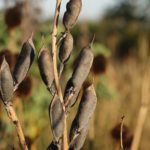About 20 Baptisia species (Baptisia) comes from the prairie communities eastern regions of North America. To home gardening and gardening awareness is Baptisia started getting around the turn of the millennium. However, still among the perennials, not to see the gardens so often, as they deserve. It is a tufted growing plants with upright stems or polovzpřímenými, culminating striking inflorescence. Their main advantage is considerable resistance to drought and especially longevity. If they thrive on the selected station, then they are able to endure it 15 more years. Growing in the garden and public green is not difficult. As with most plants it is particularly important, select for them a suitable place.
- 'Blueberry Sunday'
- Baptisia australis detail
- Baptisia australis in the perennial flower bed
Baptisia are perennials in direct sunlight, or. Only a very slight Pristina. The ideal is permeable, well-drained soil with a high proportion of coarse sand or gravel drobnějšího. This makes it possible to use in planting mulched with gravel. On the contrary, are unsuitable soils with a lot of clay, too heavy and damp, nezáhřevnou soil. Thanks to its very striking and exotic habit is also suitable as a solitary elements in perennial flower beds. Their fineness is mainly due to attractive, distinctly colored inflorescence, which usually occurs in late May. Decorative but are also ripe fruit - dark brown pods, plants that adorn the second half of summer.
Compared reliable longevity and endurance Baptisia but there is one drawback ... It is about perennials somewhat "slow", which usually takes at least 3-4 years, than after planting creates a little clump representative. Slowly grow even in propagation and cultivation in nurseries. It is probably one of the reasons, Why they are not offered relatively few, and their price is often higher, than the species and varieties of common goods.
Quite a long time were available only botanical species. These were particularly Baptisia australis ((B). australis) with bright blue-violet flowers. This could eventually create a huge bunches, which can have around 1 m in diameter. Even the height of flowering plants can achieve more than 100 cm. very similar, but lower (B). minor ((B). australis our. minor), That grows to about 60 autoflowered cm and lavender-blue flowers. An important species is the white Baptisia ((B). alba; syn. (B). albescens, (B). pendula). Its flowers are creamy white and have more loose clumps of habitus. Creamy yellow blooms then (B). bracteata our. leucophaea. It consists rather arched stems, coming around 1 m length. Plant height is 30-40 cm. nice, and occasionally cultivated species is also (B). sphaerocarpa (syn. (B). viridis). The cultures are rich with a plurality of straight tuft, bright yellow flowers klasovitých. It grows to a height of around 80-100 cm.
- 'Cherrie Jubillee'
- 'Lemon Meringue'
- 'Muddy'
- 'Purple Smoke'
At the moment the more important group Baptisia grown cultivars and hybrids. Their number is constantly growing and expanding the range of colors and flowers. One of the first cultivars, which was launched in the year 1996 the 'Purple Smoke' ( (B). alba x (B). australis our. aberrans). It is noticeable smoky dark blue flowers and stems. Another was then in 2002 creamy yellow flowers' Carolina Moonlight' ((B). alba x (B). sphaerocarpa) with substantially upright stems. new color, resp. bicolour, brownish-purple flowers with yellow markings then in 2005 brings 'Chocolate Chip'. Examples are other then 'Blue Wisteria' a 'Blueberry Sunday' with blue-violet flowers, 'Caramel' a 'Cherrie Jubillee' with tan flowers, 'Dutch Chocolate' with dark brown flowers, 'Lemon Meringue' with a lemon-yellow flowers or 'Solar Flare' with bright yellow flowers. And their number will certainly successfully expand.
- Baptisia minor
- Baptisia australis
- fruits baptísií
Baptisia botanical species can reproduce sowing seeds. They germinate best, Where sowing takes place after maturing seeds or. even during the winter and eruptions are allowed to stratify. For cultivars applicable division clusters very early spring (just before the breaking of) You can also try a herringbone propagation of cuttings in late spring and summer, while they are still soft stalks. In dividing clumps but it is important to remember that, it is a very demanding operation and propagated plants of this intervention is usually at least one season recovering.
Historically kind (B). australis also used for dyeing on blue. This application is transferred to the English name of this plant, a to jako Wild False Indigo, Thus'nepravé wild indigo'. North American Indians used the juice from the roots to disinfect wounds.




